
What is the CPC Children's Product Certification?
The CPC (Certification for Children's Products) is a certification related to product safety, aimed at ensuring the safety and compliance of children's products. Below are the main standards and specifications of the CPC Certification:
cpsia compliance
CPC certification requires manufacturers or importers to comply with the Consumer Product Safety Improvement Act (cpsia) of the United States. CPSIA establishes a series of safety standards for children's products, including substance restrictions, testing requirements, and labeling requirements.
ASTM Standards
The American Society for Testing and Materials (ASTM) publishes a series of safety standards for children's products, covering various types of children's products such as cribs, children's toys, and baby diapers. Manufacturers need to ensure their products meet the applicable ASTM standards.
CPC Certification Standards and Specifications
- ASTM F963: Issued by the American National Standards Institute, it involves safety standards for children's toys, including physical, mechanical, and cheMICal performance requirements such as material safety, the use of small parts, coatings, and colorants.
- CPSIA: Applicable to consumer products for children under 12 years old, it specifies substance restrictions, soluble heavy metals, product tracking, and certification.
- CFR 16 Part 1303: U.S. federal regULations limiting the use of soluble heavy metals (such as lead) in children's products.
- CFR 16 Part 1500: U.S. federal regulations regarding hazardous substances and accessibility standards, prohibiting the use of hazardous substances in children's products, specifying the size of small parts, and requiring warning labels.
- CFR 16 Part 1610: U.S. federal regulations involving flammability requirements for textiles, applicable to children's sleepwear and other products.
- astm f963-17: The latest version of the children's toy safety standard, including physical, mechanical, and chemical performance requirements for toys, such as accessibility, noise limits, battery safety, and irritant substances.
- CFR 16 Part 1511: Standards specifying the maximum size of small parts in children's toys to prevent choking hazards.
- CFR 16 Part 1501: Standards specifying the regulations for magnetic materials in children's toys to prevent ingestion injuries.
- CFR 16 Parts 1615 and 1616: Regulations on the flammability of children's sleepwear to REDuce fire risks.
- CFR 16 Part 1307: Standards prohibiting the use of hazardous substances, listing chemicals banned in children's products, including carcinogens and toxic substances.
Product Testing
CPC certification usually requires independent third-party testing to verify compliance with CPSIA and ASTM standards. Testing may include chemical analysis of product materials, mechanical strength testing, accessibility testing, and testing of parts that can be swallowed by children.
Labels and Warnings
Children's products must have appropriate labels and warnings to inform users and parents about the safe use and maintenance of the product. These labels and warnings are typically mandated by law.
Quality Management System
CPC certification may also require manufacturers to establish an effective quality management system to ensure consistency and safety during the manufacturing and distribution processes.
Material Restrictions
CPC certification generally prohibits the use of certain harmful substances in products, such as lead, cadmium, and phthalates. These requirements are typically governed by CPSIA restrictions.
Continuous Compliance Checks
Manufacturers usually need to regularly check their products to ensure ongoing compliance, especially when there are changes in product design and manufacturing.
Record Keeping
Manufacturers need to maintain documents and records related to product safety to provide to regulatory authorities when needed.
Email:hello@jjrlab.com
Write your message here and send it to us
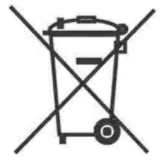 WEEE Registration for Waste Electrical &Electr
WEEE Registration for Waste Electrical &Electr
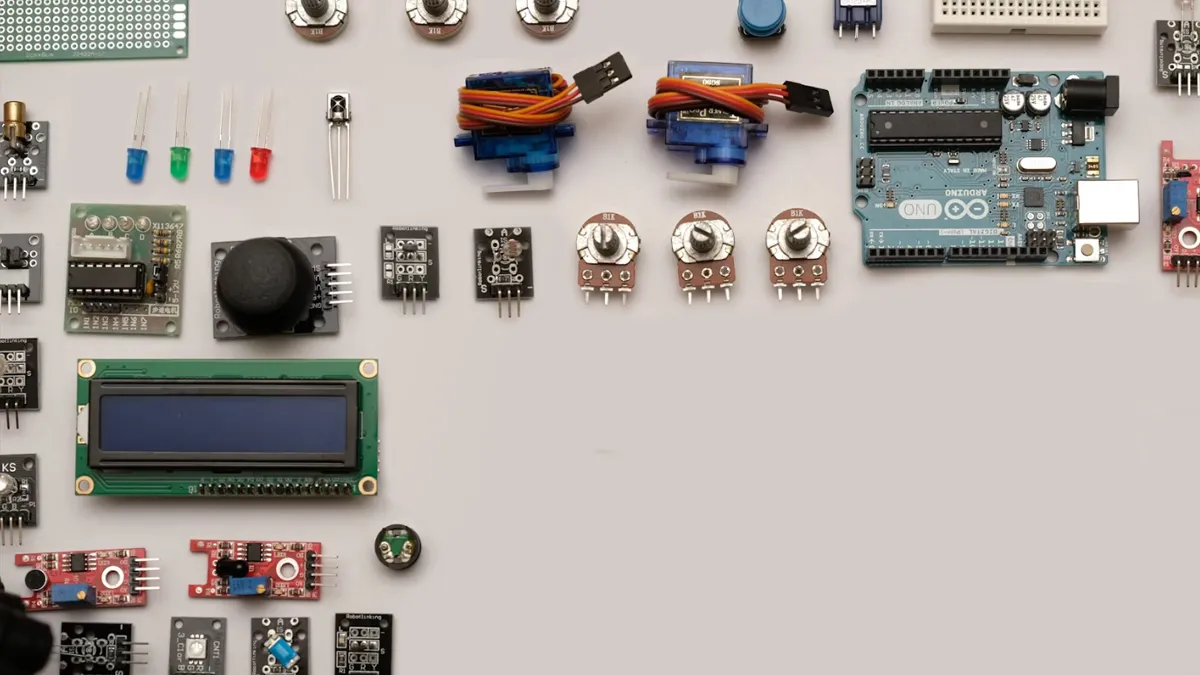 MSDS Chemical Safety Testing
MSDS Chemical Safety Testing
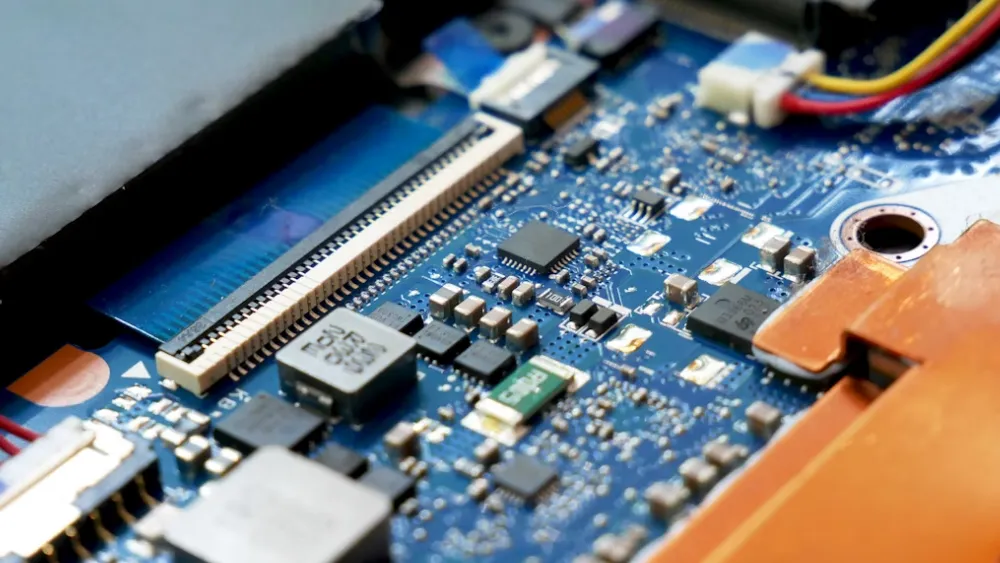 What Are the Differences Between UK REACH and EU R
What Are the Differences Between UK REACH and EU R
 E-Cigarette GB 41700 Compliance Testing
E-Cigarette GB 41700 Compliance Testing
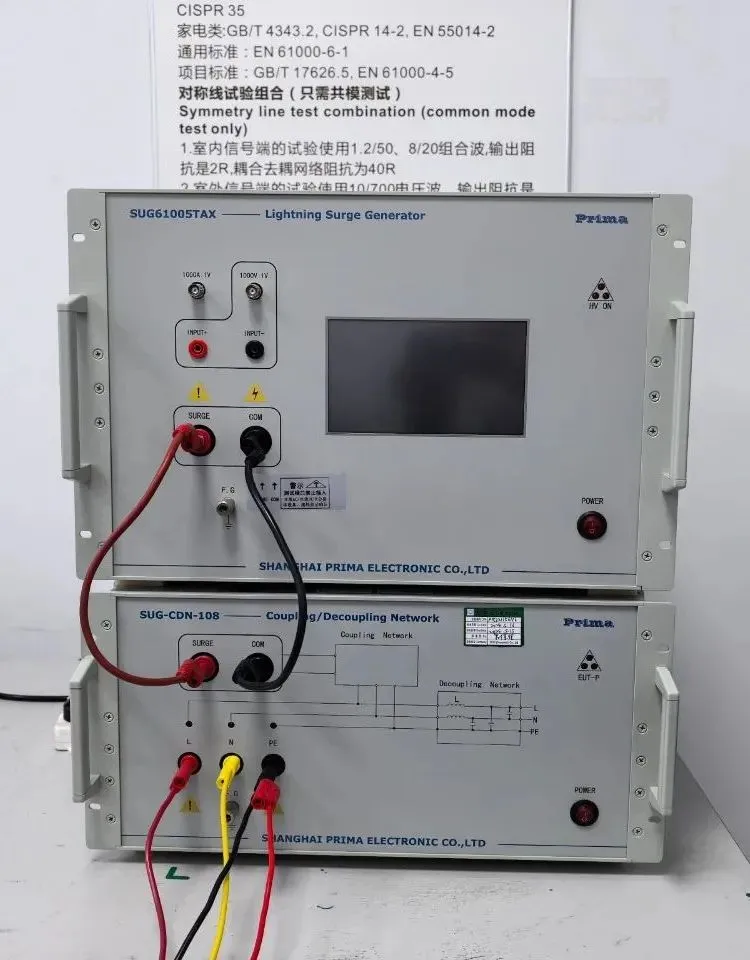 What Are the Testing Items of California Propositi
What Are the Testing Items of California Propositi
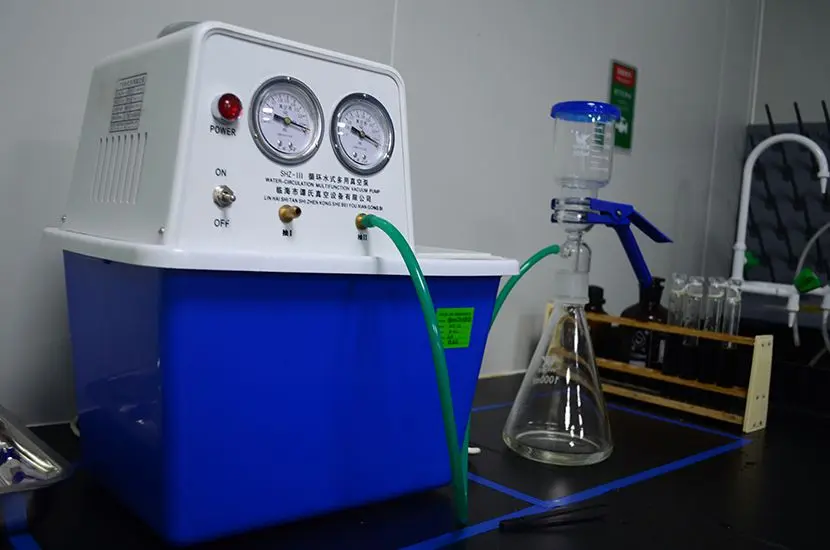 E-Cigarette EU TPD Testing
E-Cigarette EU TPD Testing
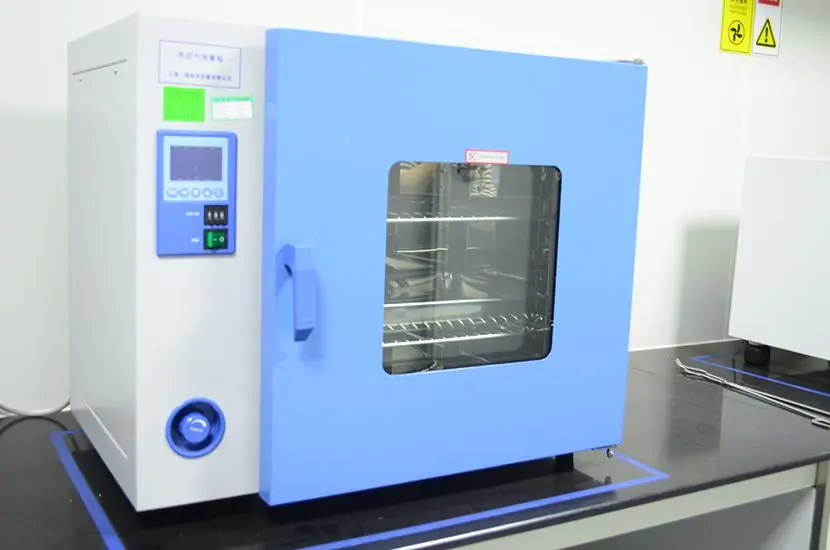 Testing Certification for E-cigarettes Exported to
Testing Certification for E-cigarettes Exported to
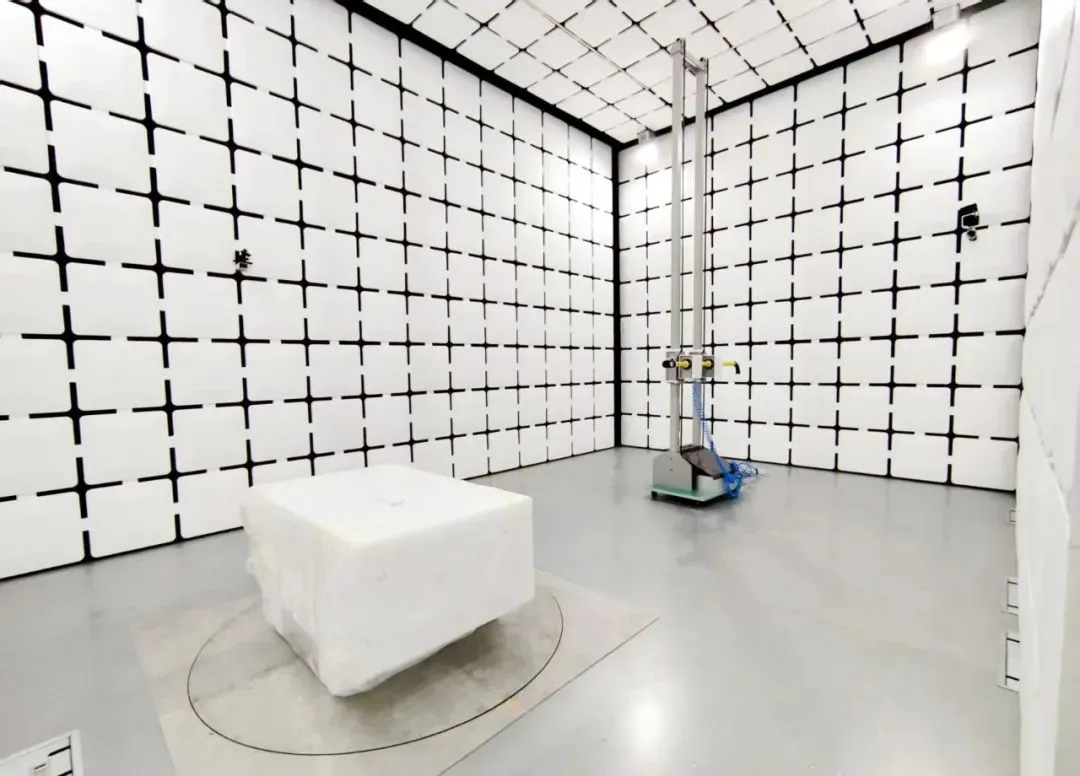 What is Amazon US CPC Certification?
What is Amazon US CPC Certification?
Leave us a message
24-hour online customer service at any time to respond, so that you worry!




